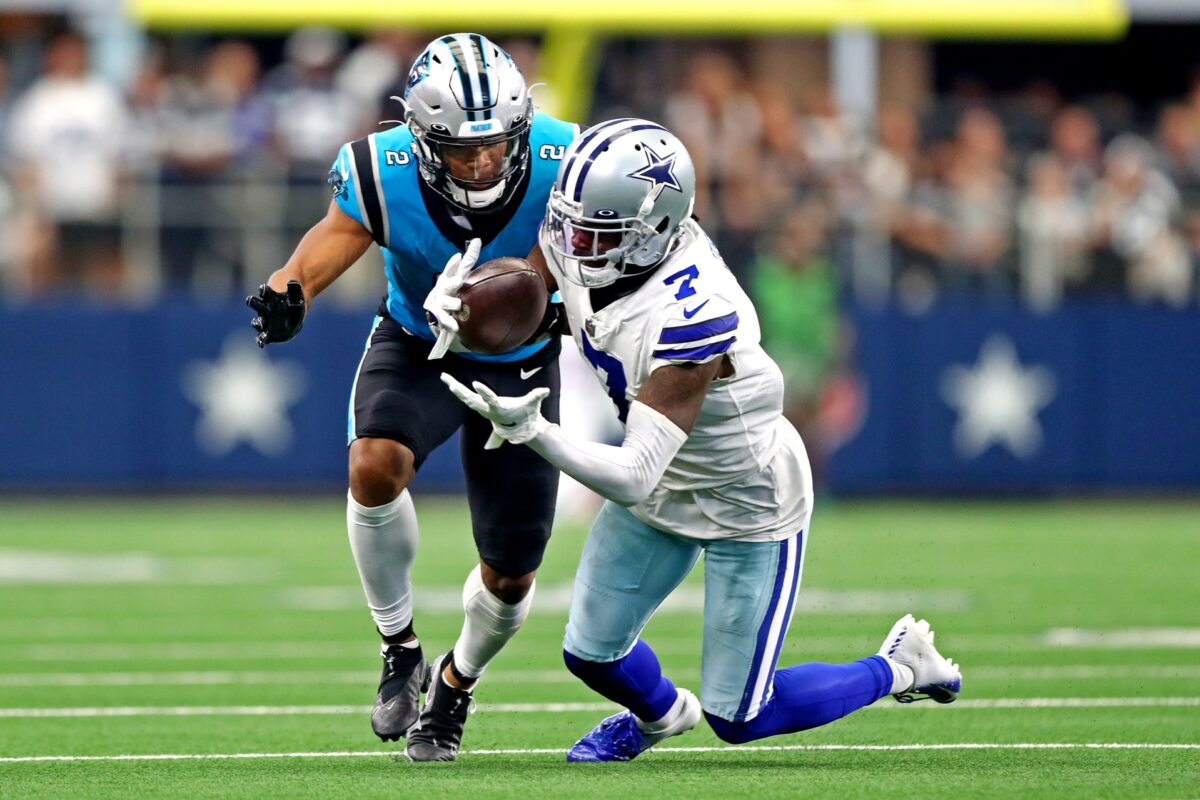If there was one defense primed for trouble in Week 9, it was the Denver Broncos’ defense. The same defense that was now without all-time pass-rusher Von Miller after Miller was traded to the Rams could have taken a nose dive in a “rebuilding” season and allowed the Cowboys to work them all over the field. Dak Prescott was back from his calf injury, and even with Cooper Rush at quarterback in Week 8, Dallas embarrassed the Vikings in Week 8 in a 20-16 win as Rush completed 24 of 40 passes for 325 yards, two touchdowns, and one interception in his first NFL start. As the Vikings ranked fourth in Defensive DVOA and third against the pass after that game, and the Broncos ranked 25th in Defensive DVOA overall after Week 8, and Dak was back, and Miller was gone… well, if this had been a Cowboys uprising, nobody would have been surprised.
That’s not how it played out. Denver’s defense, led by head coach Vic Fangio, performed masterfully against one of the NFL’s best offenses. They played their usual brands of man and match coverage, but they did so far more physically than they had all season, and they did so consistently. Moreover, they tied pressure to coverage magnificently. When Prescott had time to find the open receiver, the receiver generally wasn’t open for long. And Prescott was pressured more than he found comfortable. Per Pro Football Focus, the Broncos got some kind of pressure on 17 of Prescott’s 43 dropbacks, and while Prescott did pretty well against it (six completions in 13 attempts for 88 yards, one touchdown and no interceptions), he didn’t have any kind of consistent answer for Denver’s complex, plastering, suffocating coverages.
Overall, Prescott finished his day with 19 completions in 39 attempts for 232 yards, two garbage-time touchdowns, and one interception. The Cowboys attempted four fourth-down conversions, and failed every time.
“We got beat,” Prescott said after the game, when asked what happened. “We got thumped in every aspect of the game. Especially on offense, didn’t get it going. We scored a couple of touchdowns there in late time, but never got going. I missed some throws. We didn’t throw and catch the ball as we normally do. It wasn’t our best performance by any means, obviously our worst of the year. Credit to those guys. It’s the NFL, those guys get paid to do this and play at a high level and they came in here and were more prepared of this game. Did a great job, did better than we did. Just beat us, plain and simple.”
The two touchdowns came late in the fourth quarter when the Broncos were already up, 30-0, and things had been well-decided. Before that, we were all looking up the last time the Cowboys got shut out at home — it was September 15, 1991, when Dallas was blown out 24-0 by the Eagles of… Rich Kotite?
Any given Sunday, I guess.
In any event, this was a shocking turn of events for both Dallas’ offense and Denver’s defense. Let’s get into how (and why) it went that way.












